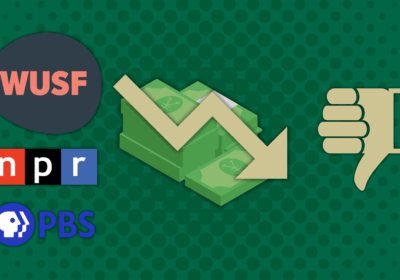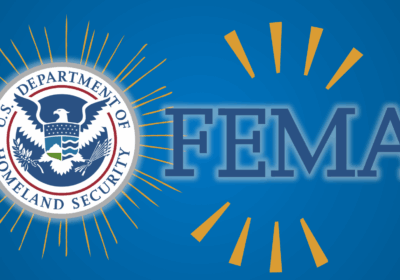Food stamps not for soda
In an effort led by New York City Mayor Michael Bloomberg to combat obesity, the state of New York is working to ban the use of the food stamps program – now known as the Supplemental Nutrition Assistance Program (SNAP) – to purchase soda and other unhealthy sugared drinks.
Despite valid concerns over the ban’s implications, this sensible effort brings about changes that will close a loophole running counter to the program’s intended goals.
Opponents argue that the effort singles out low-income households and is another governmental effort to control individual’s lives.
But according to the SNAP website, the program “helps low-income people and families buy the food they need for good health.”
SNAP acts fairly toward different cultural tastes, allowing for a wide variety of food purchases using the benefits. However, some items are already prohibited. Recipients cannot purchase prepared hot food, medicines, pet foods, alcohol, tobacco and any non-food items with their benefits.
The yearly $34.6 billion budget is intended to act as a social security net that prevents starvation and malnutrition in the U.S., the world’s most economically advanced nations.
The program is designed to supplement household food budgets that would otherwise not be adequately met, not to serve as the sole source of food income. Recipients can still enjoy sugary drinks, tobacco, alcohol and other unhealthy products, but they must be purchased with their own funds, not money meant to prevent humanitarian disasters.
Allowing food stamp recipients to purchase sugary drinks and sodas condones wasteful spending on unwholesome items that will not benefit health or nutrition but instead contribute to health issues like obesity and diabetes.
According to the New York Times, nearly 40 percent of New York City public school children from kindergarten through eighth grade are overweight or obese. That number is substantially higher in poor neighborhoods, as is sugary drink consumption, according to statistics released by the city last month.
Many low-income SNAP recipients may purchase more soda than other demographics – further illustrating the need for the changes.
New York City Health Commissioner Dr. Thomas A. Farley and state Health Commissioner Dr. Richard F. Daines said soda and sugary drink consumption has more than doubled in the past 30 years, according to the Times.
This clearly illuminates a correlation between soda – 12 ounces of which has 150 calories, according to the health department – and unhealthy weight issues.
Not allowing food stamp recipients to purchase the drinks would instead provide them with more funds to purchase food they need without wasting taxpayer money.
The changes are needed and must be adopted by other states to prevent misappropriation of SNAP funds.







